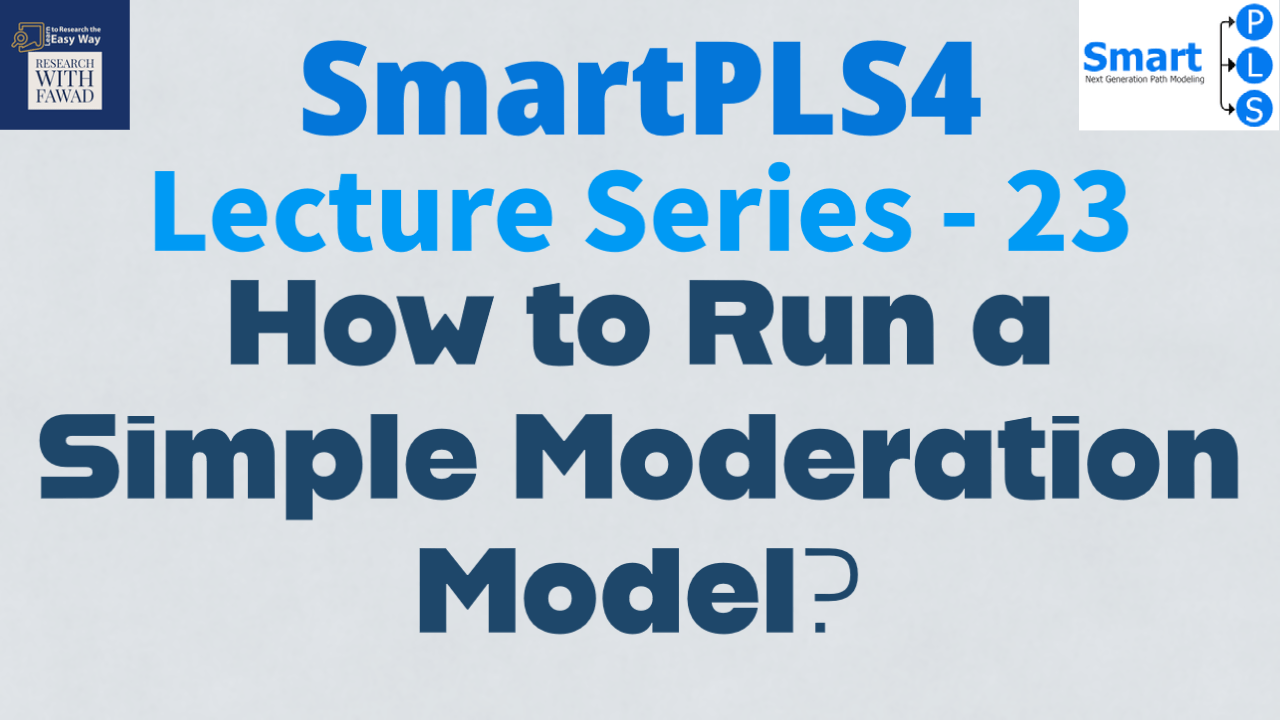What is it All About?
The tutorial discusses in detail how to perform moderation analysis in SmartPLS4 using Latent unobserved constructs and Categorical moderator. Further, a video session on how to report moderation analysis results is also shared.
